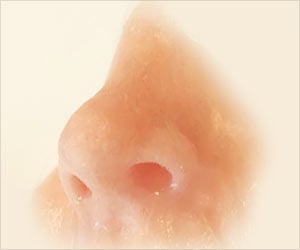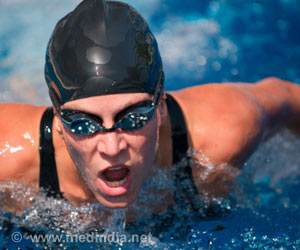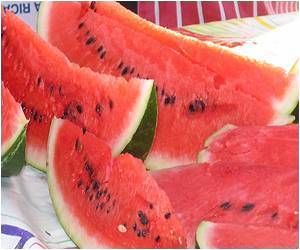MRI technique shows that simply adding water increases stomach distension, curbs appetite in the short term and increases regional brain activity.

‘Strategies like water with a meal can be effective at feeling fuller sooner. Simply adding water increases stomach distension, curbs appetite in the short term and increases regional brain activity.’





In the experiment, participants drank a milk-shake on an empty stomach, which was followed by a small (50 mL) or large glass of water (350 mL). MRI images were used to see how the different amounts of water affected stretching of the stomach: the large glass of water doubled the stomach content compared to the small glass. Together with this larger volume subjects reported to have less hunger and felt fuller. This novel approach - combining information obtained simultaneously from MRI images of the stomach, feelings reported by the subjects, and brain scans - can offer new insights which would otherwise have been unknown, for example that activation in a brain area called the mid-temporal gyrus seems is in some way influenced by the increased water load in this experiment. The Wageningen University scientists developed the combined MRI method as part of the European Nudge-it research project, which seeks to discover simple changes that promote healthier eating. They will use it to search for a brain signature that leads people to decide to stop eating, to determine how strategies like water with a meal can be effective at feeling fuller sooner.
"Combining these types of measurements is difficult, because MRI scanners are usually set-up to perform only one type of scan. We've been able to very quickly switch the scanner from one functionality to another to do this type of research" says Guido Camps, lead author of the study. "In conclusion, we've found that simply adding water increases stomach distension, curbs appetite in the short term and increases regional brain activity."
Source-Eurekalert















